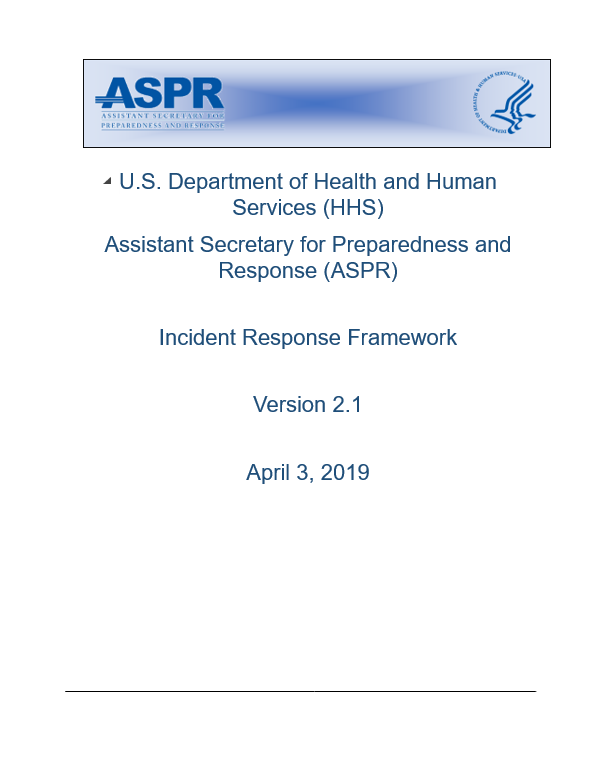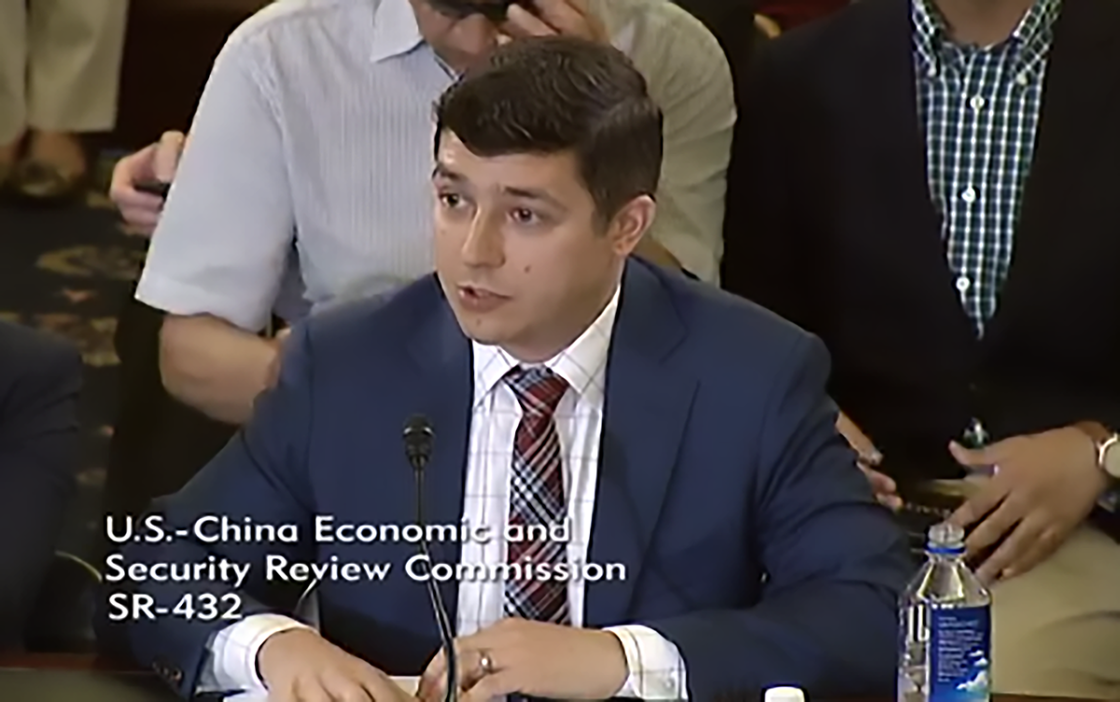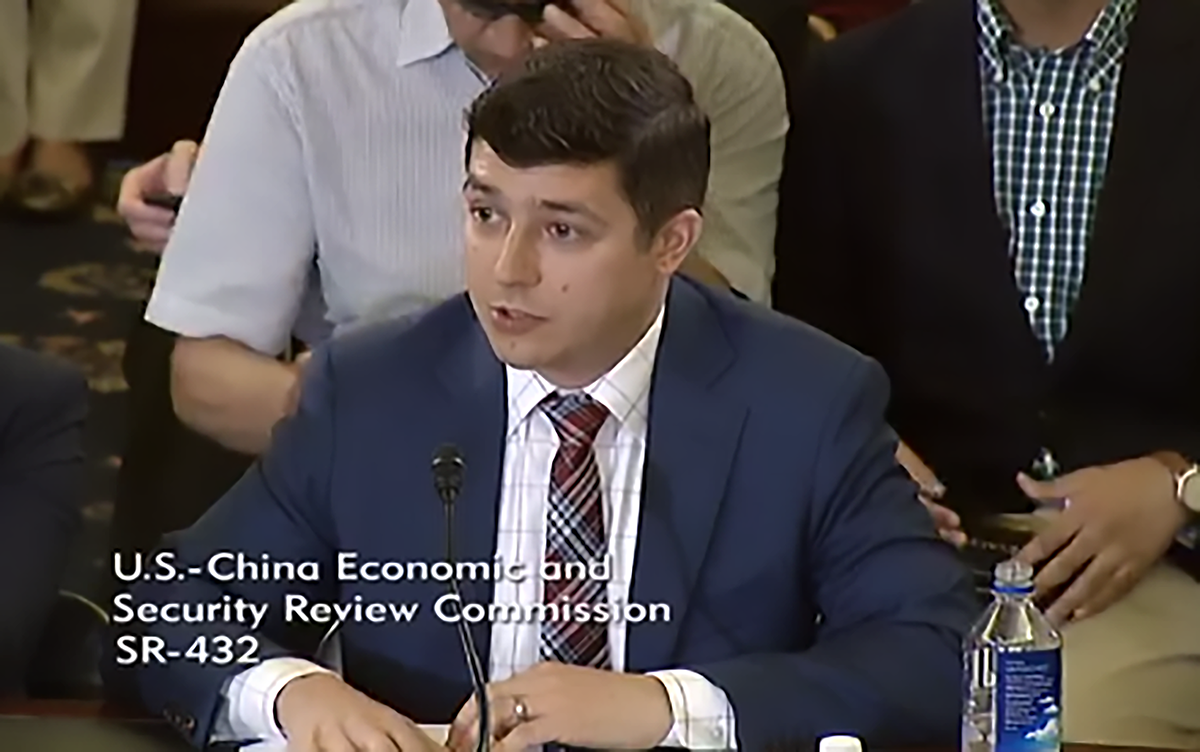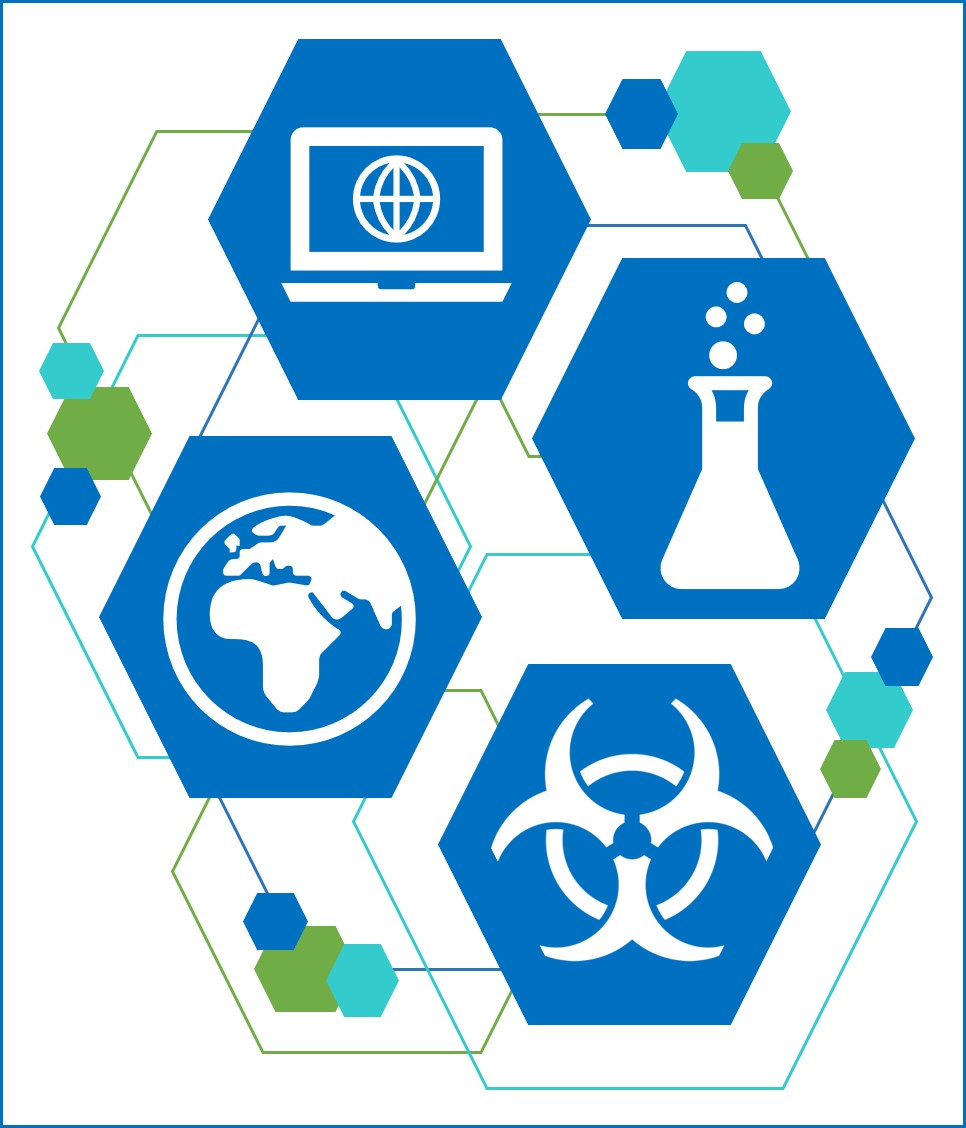Gryphon Leads Effort to Develop a New Incident Response Framework for HHS/ASPR

Gryphon Leads Effort to Develop a New Incident Response Framework for HHS/ASPR
Gryphon Scientific provided consultant support to lead the development of ASPR’s new Incident Response Framework. This Framework describes the organizational structure, functional roles and responsibilities, and operational concepts that form part of the ASPR organization’s overarching approach to all-hazards incident response and special event preparedness. As such, it forms the basis from which HHS/ASPR personnel, augmentees, and agency representatives internal and external to HHS will execute their assigned missions at the headquarters and field levels across the life-cycle of an incident or special event. This Framework also is intended to inform the development of various standard operating procedures (SOPs), incident reporting templates, position descriptions, position task books (PTBs), qualification and training programs, etc., corresponding to and aligning with the various coordinating structures identified in the document.
-
- GRYPHON STAFF | Ret. Col. Robert Stephan


















